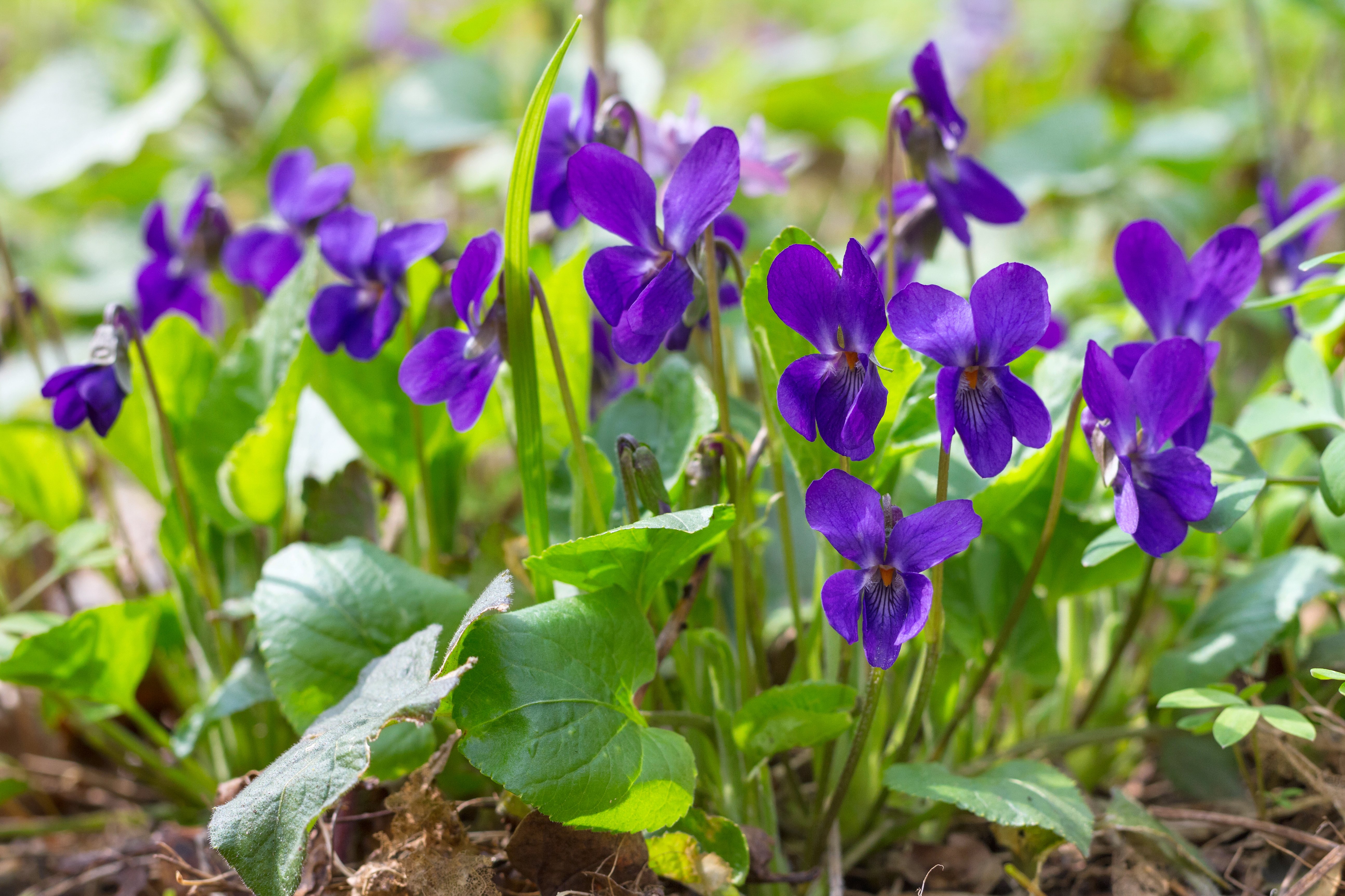
(Vienna, 29 April 2024) Cannabinoids are endogenous hormones or naturally occurring molecules found in various plants, most commonly known as THC (Δ9-tetrahydrocannabinol) in cannabis plants. The therapeutic potential of these compounds is the subject of intensive research, yet their psychoactive and addictive properties stimulate intensive debate. A research team led by Christian Gruber from MedUni Vienna has discovered a new phytocannabinoid in sweet violet plants (Viola odorata). The peptide interacts with a specific receptor that does not trigger psychoactive effects and, due to its molecular properties, could spark the research and development of novel drugs for the treatment of autoimmune diseases, pain or chronic inflammation. The results of the study were recently published in the "Journal of Biological Chemistry".
In their research, the team led by Christian Gruber from MedUni Vienna's Center for Physiology and Pharmacology focused on a specific cellular receptor that plays an important role in regulating the immune system and is currently considered as promising drug target, for example in the treatment of pain or wound healing. The cannabinoid type 2 receptor (CB2R), which unlike the cannabinoid type 1 receptor (CB1R), is not associated with the psychoactive effects of cannabinoids, can trigger immunomodulatory and anti-inflammatory processes upon activatation. "Despite intensive research into the development of CB2R-selective therapeutics, none have so far passed rigorous preclinical evaluations, so there is currently no such drug available," says Christian Gruber, outlining the initial situation.
In the search for compounds that interact with CB2R, the research team discovered a new active molecule in sweet violet plants (Viola odorata). "The isolated phytocannabinoid peptide called vodo-C1 acts as a selective full agonist on CB2R," says first author Nataša Tomašević from MedUni Vienna's Center for Physiology and Pharmacology. This means that this novel phytocannabinoid selectively binds to the CB2R and can activate it without stimulating the cannabinoid type 1 receptor, which triggers the psychoactive effects.
High efficacy and great potential
Based on these findings, certain synthetic peptide molecules (so-called allosteric modulators) were developed in collaboration with the University of Vienna (Institute of Biological Chemistry), which can enhance the effect of (endogenous) cannabinoids by specifically influencing the activity of the CB2 receptor. "Our research thus opens alternative possibilities for the development of CB2R-based drugs with fewer side effects," says Christian Gruber, anticipating future research. This discovery could also have far-reaching implications for the development of drug-like molecules for other receptors of the GPCR family. After all, around one third of all drugs act on these receptors, including beta-blockers for the treatment of cardiovascular diseases and GLP-1 analogues for diabetes therapy.
A journey back in time demonstrates that sweet violet plants have been used for centuries in Persian and Indian ethnomedicine. In some cultures, various herbal preparations made from the sweet-smelling flower are still used today to treat pain or inflammation of the respiratory tract or intestines. Due to intensive research, a number of active molecules, such as cyclotides, have been identified in violet plants as valuable therapeutic lead compounds. For example, a cyclotide (T20K) related to the newly discovered vodo-C1, which has been previously isolated from an African medicinal plant, is currently being investigated as a drug candidate for multiple sclerosis.
Publication: Journal of Biological Chemistry
Discovery and development of macrocyclic peptide modulators of the cannabinoid 2 receptor.
Nataša Tomašević, Fabiola Susanna Emser, Edin Muratspahić, Jasmin Gattringer, Simon Hasinger, Roland Hellinger, Peter Keov, Manuel Felkl, Jürg Gertsch, Christian F.W. Becker and Christian W. Gruber.
DOI: 10.1016/j.jbc.2024.107330